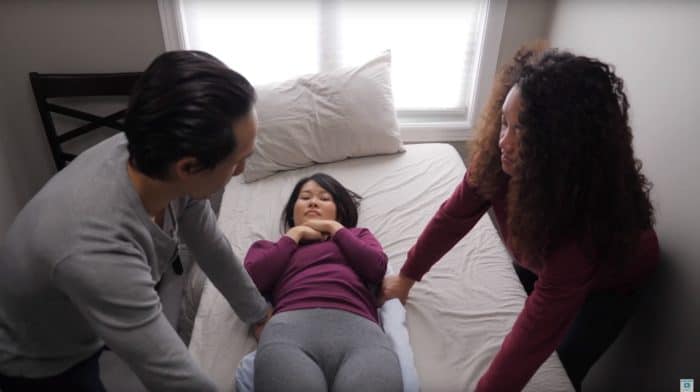What to do if Someone Is Having a Seizure
If the person you’re caring for has a seizure, it can be distressing to see, but there’s no need to panic.
In this video, we’ll review what a seizure looks like and what to do if someone is having a seizure so you can keep them safe until the seizure episode is over
If the person you’re caring for has a seizure, it can be distressing to see, but there’s no need to panic.
In this video, we’ll review what a seizure looks like and what to do if someone is having a seizure so you can keep them safe until the seizure episode is over. Although seizures can look like you’ve seen on T.V. with big jerky uncontrolled body movements, sometimes when someone is having a seizure they will just have a blank stare and their eyes might roll back or shake.
For other types of seizures, the person you’re caring for might have muscle spasms or go limp and fall. Most seizures end on their own, last two minutes or less and don’t require medical help.
No matter what type of seizure episode they’re having there are some things you can do to help keep them safe.
If they are standing when the seizure starts, guide them to the floor safely.
Once they’re on the floor, remove any objects or furniture close by so they don’t injure themselves.
Don’t hold them down or put anything in their mouth, you could hurt them. You can put something soft, like a sweater, under their head or cup their head in your hands to protect their head from injuries
Time the seizure. If the episode lasts more than 5 minutes, it is considered a medical emergency and you should call 9-11
Stay with them until the seizure is over and when it’s over, help them roll over onto their side incase they need to vomit.
Help make them as comfortable as possible while they recover by putting a pillow under their head or getting them a blanket.
Talk to them and make sure they’re alert. It’s normal for them to feel confused for a few minutes after a seizure but they should be back to normal within 30 minutes.
Don’t try to help them up until they’re feeling stable and are alert to prevent them from falling or you from getting injured.
Once they’re able, help them sit up. They can eat something light once they’re alert, but having a seizure is exhausting and they will probably want to have a nap.
Keep track of any seizure episodes by writing down the date, time and length of the seizure as well as any notes about what was happening before and during the seizure to update their doctor at their next visit. Encourage the person you’re caring for to take any medications they need the way their doctor prescribed them.
Being there when someone has a seizure can be alarming, but if you follow these steps you can make sure the person you’re caring for is safe and help prevent injuries.
For more information and videos for caregivers, visit our website.






